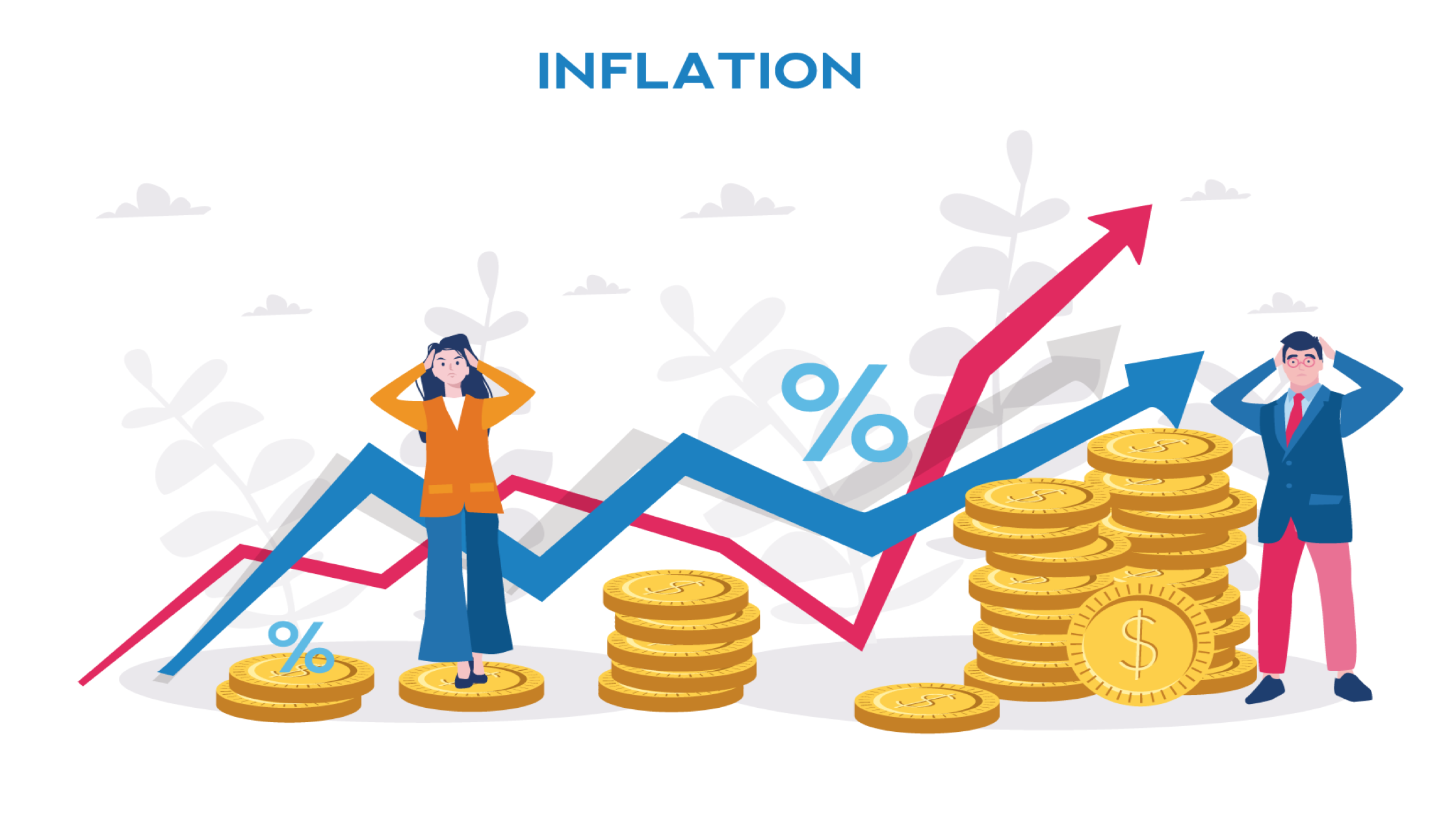Simply put, inflation is the rate of increase in prices over a given period of time (usually over a year).
It measures how much more expensive a set of goods and services has become over this period.
As an example, if you want to buy a McDonald’s Prosperity Burger, its festive burger to usher in the Chinese New Year, you need to fork out S$6.10 for a single patty a la carte or S$8.10 for the double.
Last year, the Prosperity Burger was priced at S$5.70 for a single and S$7.70 for a double.
 Source: McDonald’s Singapore, ProsperUs
Source: McDonald’s Singapore, ProsperUs
The effect of this increase in prices is the decline of purchasing power for individuals. In another word, the value of your cash is eroded.
In general, moderate inflation can be expected when the economy is healthy. Central banks usually try to maintain inflation at a rate of 2%, an incremental amount that is often seen as the necessary consequence of economic growth.
How is the inflation rate looking in the US and Singapore?
The inflation rate in the US was hovering at slightly below the 2% level over the last decade but has seen a surge in recent months amid the supply chain disruptions and labour shortages (see below).
What was initially viewed as a temporary by-product of the pandemic has quickly turned into a more persistent problem.
In December, prices of goods and services in the US jumped to 7%, its highest increase in decades.

Source: Trading Economics, US Bureau of Labor Statistics
Similarly, Singapore also saw an increase in inflation. In December, headline inflation rose to 4.0%, near a 9-year high (see below).
Authorities in Singapore have said that they are reviewing official inflation forecasts for 2022 as the government sees significant uncertainty with regards to the near-term inflation outlook.

Source: Trading Economics
Causes of Inflation
There are two key factors that drive inflation:
| Cost-Push Inflation |
Demand-Pull Inflation |
| This is due to the rise in cost of production rather than rising demand. For example, a surge in oil prices would lead to an increase in transportation costs. This higher cost will be passed on to consumers in the form of higher prices. |
This occurs during a period of rapid economic growth when aggregate demand grows faster than the production capacity of the economy. This is usually caused by an increase in the money supply, rising wages and consumer confidence level. |

When overall prices increase due to increases in the costs of production and other supply factors
|

When overall prices increase due to excess demand relative to supply of goods and services
|
| Major supply shocks from COVID-19 restrictions such as supply chain shortages, labour shortages, and logistical bottlenecks are part of what drive inflation today. |
A surge in demand for goods, especially electronics, during the pandemic. This is due to the requirement for electronics as workers turn to remote working as well as the shift from services spending during the lockdown period.
A wave of easy money also contributed to the rise in prices of commodities and financial assets. |
Source:ProsperUs, Freepik.com, Assignmentpoint.com
Why is inflation sparking panic in markets?
The sell-off in the stock market has been led by the bond markets, which tumbled at the start of this year as investors are concerned that inflation will erode the value of their investments.
When bond prices fall, yields rise. This has an effect on all of us as bond rates correlate with the interest charged on our credit card, cars and home loans.
Investors are also bracing for aggressive interest rate hikes by the US Federal Reserve (Fed) to fight inflation.
The reversal of the trillions of dollars pumped into the market is also a risk that could lead to a liquidity squeeze.
However, despite these uncertainties, it is worth taking note that in the last six rate hiking cycles, which lasted 18 months on average, the average S&P 500 Index return during those periods was still a pretty impressive 13%.
To find out more on how to navigate through this period of high inflation, you can check out an interesting article on pricing power that my colleague, Tim, wrote at the start of this year.



 Source: McDonald’s Singapore, ProsperUs
Source: McDonald’s Singapore, ProsperUs









